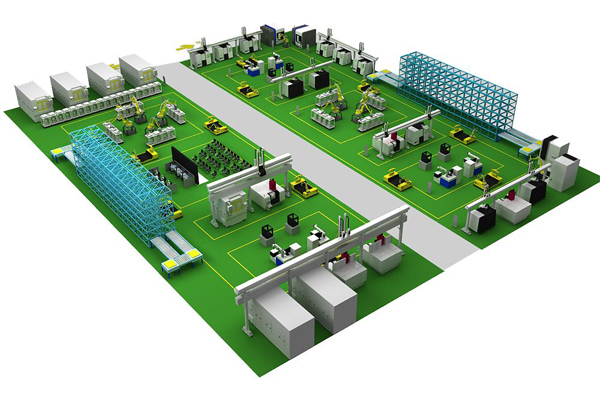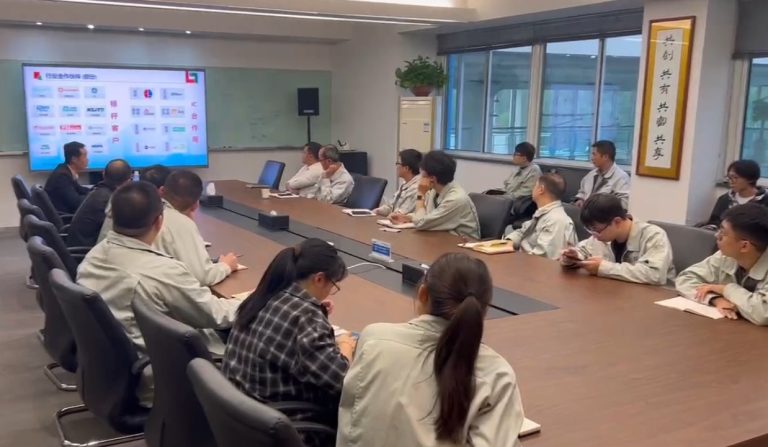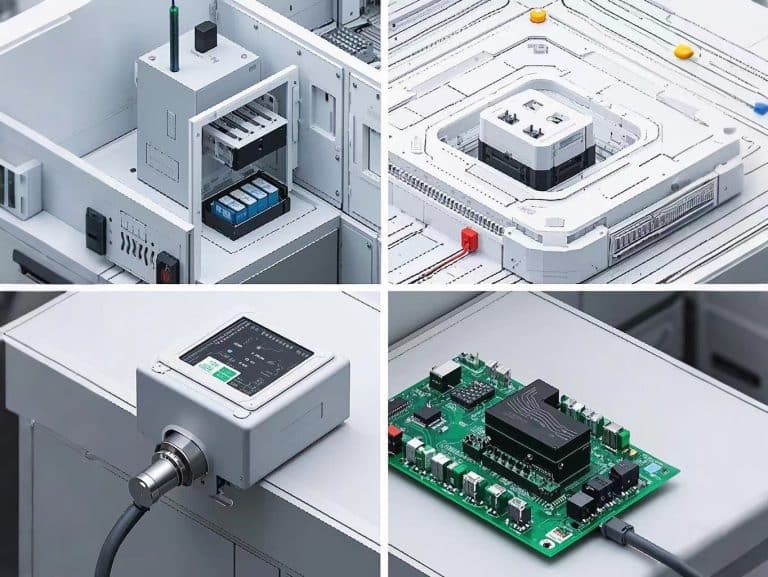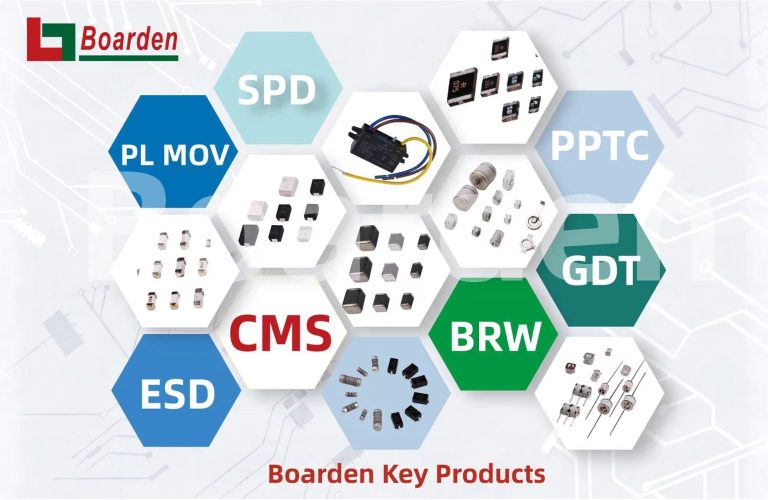Learn How TVS Rapidly Suppresses Transient Voltage to Protect Precision Electronics
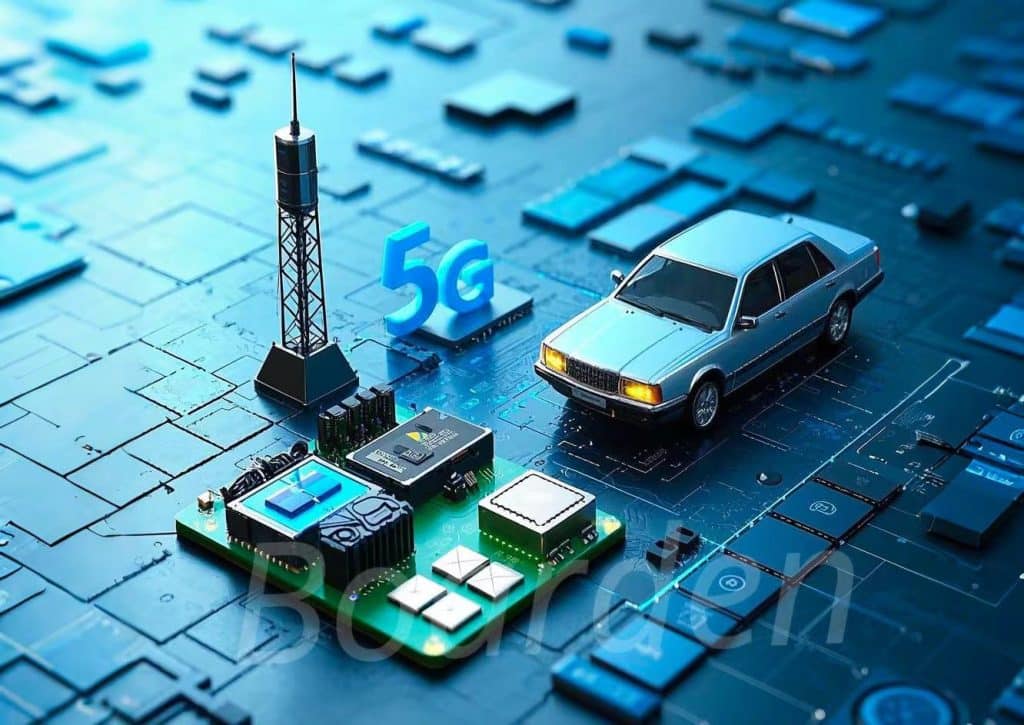
Transient Voltage Suppression (TVS) diodes are highly efficient transient voltage protection components that clamp voltage surges within nanoseconds, ensuring the safe operation of sensitive electronic devices.
Compared to Gas Discharge Tubes (GDT) with high discharge capacity and Metal Oxide Varistors (MOV) with broad voltage adaptability, TVS stands out in modern electronics protection with its picosecond-level response speed and precise voltage clamping characteristics.
From smartphone USB ports to satellite communication systems, TVS diodes swiftly clamp voltage surges caused by lightning, electromagnetic interference (EMI), or electrostatic discharge (ESD), ensuring the protection of sensitive electronics.
How TVS Diodes Work
TVS diodes function similarly to standard Zener diodes but are designed to withstand higher transient power. When a high-voltage spike occurs, the TVS diode rapidly conducts, diverting excess energy to the ground and preventing damage to other components. Once the transient event ends, the TVS diode returns to a high-impedance state, ensuring normal circuit operation.
Comparison of TVS Diodes with Other Overvoltage Protection Devices
Compared to gas discharge tubes (GDTs), varistors (MOVs), and surge protection devices (SPDs), the biggest advantage of TVS diodes lies in their ultra-fast response time (typically less than 1 nanosecond) and low clamping voltage, making them ideal for precision electronic devices sensitive to overvoltage.
| Protection Devices | Response Time | Typical Applications | Key Features |
|---|---|---|---|
| GDT | Microseconds | High-energy surge protection, such as power systems and communication equipment | Suitable for high voltage and large current, long lifespan |
| MOV | Nanosecond to microsecond level | Surge suppression at power input | High energy absorption capability, but aging issues are significant |
| SPD | Microseconds | Comprehensive surge protection for industrial and household appliances | Protects power lines, can be used with GDT or MOV |
| TVS | Sub-nanosecond level | Low-voltage electronic circuits, such as automotive electronics and data line protection | Ultra-fast response, low clamping voltage, ideal for low-energy transient suppression |
Applications of TVS Diodes
With fast response and high protection efficiency, TVS diodes are widely used in automotive electronics (ECU, EV BMS), communication devices (5G base stations, fiber-optic networks), consumer electronics (USB, HDMI, Type-C interfaces), industrial control, and power management, providing reliable transient voltage protection for sensitive components:
- Communication & Data Transmission: Protects USB, HDMI, and Ethernet high-speed signal ports from static discharge and lightning damage.
- Auto ElectronicsShields vehicle ECU, sensors, and lighting systems from transient voltage surges.
- Industrial Control & Power Management: Prevents failures in industrial equipment caused by voltage transients in harsh environments.
- Consumer Electronics: Protects internal chips in smartphones, laptops, and wearables from electrostatic discharge (ESD).
How to Choose the Right TVS Diode?
When selecting a TVS diode, consider the following key parameters:
- Working Voltage (Vrwm):Should be slightly higher than the normal operating voltage of the protected circuit to prevent unintended conduction.
- Breakdown Voltage (Vbr)TVS starts conducting and dissipating excess voltage when this threshold is exceeded.
- Clamping Voltage (Vc):Lower clamping voltage offers better protection and must stay below the maximum tolerance of the protected component.
- Peak Pulse Power (Pppm):Defines the transient surge power the TVS can handle, which should match the expected overvoltage levels.
- Package Type:Choose between SMD or through-hole packages based on circuit layout requirements.
Boarden TVS SeriesProducts Recommended
Conclusion
TVS diodes play a crucial role in circuit protection. Compared to other overvoltage protection devices, TVS stands out with its ultra-fast response and low clamping voltage, making it ideal for precision electronics. When selecting a TVS diode, consider voltage range, power handling, and application environment to ensure long-term system stability.
Click [Contact Us」for free samples and technical consultation.
The data in this article is based on Boarden laboratory test results, with some content sourced from theinternet.

